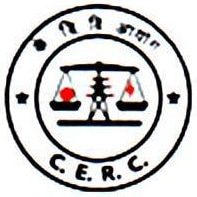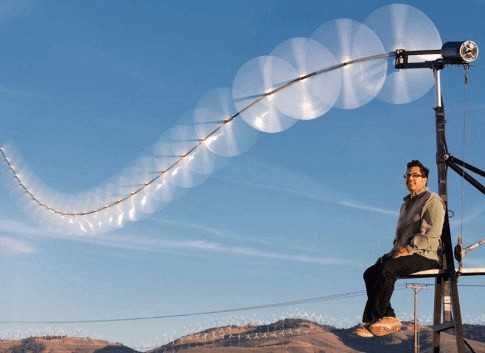India’s Central Electricity Regulatory Commission imposed an order this month requiring wind farms to predict electricity output one-day ahead. Does that seem to be a blow-back to the bureaucracy and red-tape that became famous in the British Raj days of Indian governance or is it a reasonable request?
The Directive is, at first blush, not unreasonable. Given that wind is an intermittent power source. The forecasting of wind generation is carried out in parts of Europe and the U.S. to help stabilize the grid. In India, scheduling will allow wind power to be sold across states and help authorities prepare network upgrades to accept more clean energy.
But Goldman Sachs Group Inc said that the penalties in the Directive will lead to any profits being wiped out. Consequently, that group, plus Tata Power Co are seeking an injunction at Delhi’s High Court to remove the fines that will be imposed on those whose predictions are out by. Other wind industry organisations are considering linking with them.
Sumant Sinha, the chief executive officer of ReNew (which is backed by a $385 million investment from Goldman Sachs), said:
“The level of accuracy they’re asking for isn’t possible, most people will end up paying very significant charges.”

He added that the penalties may amount to as much as 15 percent of revenue, destroying profitability in an industry that has attracted about $10 billion of investment since 2011.
V. Subramanian, chairman of the Indian Wind Energy Association. said it’s a necessary measure:
“It’s not a question of possible or impossible. The Indian power sector works with the scheduling of generation and consumption at 15-minute intervals. Renewable energy cannot be different from other sources of energy.”
The Directive, as it stands requires wind farms of 10 megawatts to predict their generation for the following day every 15 minutes. Missing estimates by more than 30 percent will incur penalties. Foreign wind-forecasting specialists agree with the issues raised about the Directive: In the low-wind season, generation would only have to swing by a 3 percent margin to incur fines because of seasonal variations in turbine efficiency.
No-one is going to deliberately fabricate tomorrow’s wind predictions. Each farm will try to be as accurate as possible, but to apply fines because of the variations of the weather would seem to be potentially damaging to a fledgeling wind industry.




